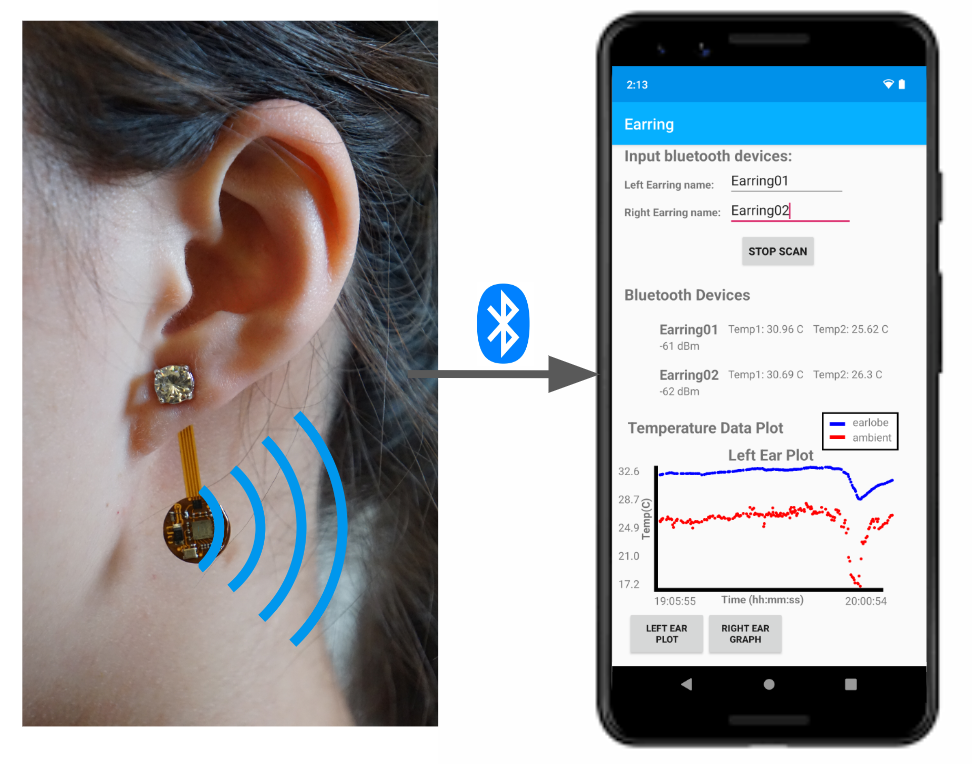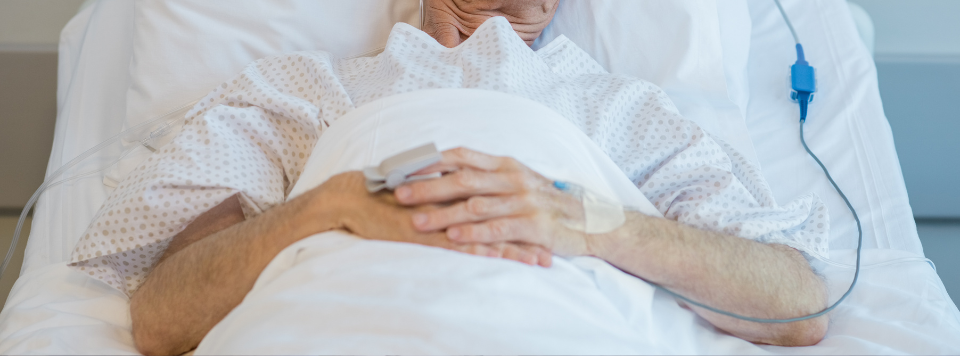
Dr. Springston helps develop smart earring to monitor a users temperature

Dr. Mastafa Springston, alongside other University of Washington researchers, recently developed a new way to track a person's temperature.
The study titled, "Thermal Earring: Low-power Wireless Earring for Longitudinal Earlobe Temperature Sensing" shows their results with the first-of-its-kind smart earring.

The earring enables a reliable wearable solution for continuous temperature monitoring, according to the published study. The Thermal Earring takes advantage of the unique position of earrings in proximity to the head, a region with tight coupling to the body unlike watches and other wearables which are more loosely worn on extremities.
In an interview with the UW News, Dr. Springston said this smart earring will help with fever detection and monitoring.
“In medicine we often monitor fevers to assess response to therapy — to see, for instance, if an antibiotic is working on an infection,” said Dr. Mastafa Springston, a clinical instructor at the Department of Emergency Medicine in the UW School of Medicine. “Longer term monitoring is a way to increase sensitivity of capturing fevers, since they can rise and fall throughout the day.”
Why earrings? The co-authors note that earrings present a unique opportunity for continuous monitoring of physiological signals. Unlike headphones and earbuds, earrings are typically worn continuously for most of the day and could be used as a continuous sensing platform. Moreover, earrings have the further advantage of being tightly coupled to a user’s body in contrast to watches which can easily move and shift against the skin.
The team develooped an app along with the earring to collect the temperature data through Bluetooth. Real-time temperature data is displayed in the app, along with a graph that plots the temperature changes over a 30-minute period. The collected temperature data is then saved to a local file on the smartphone for further analysis.
Twenty-five participants were a part of the study, including including four febrile individuals with a core body temperature higher than 100 °F, one individual (female) with a slightly elevated core body temperature of 99.7 °F in close proximity to fever, and twenty healthy individuals with a core body temperature around 98.6 °F.
Their findings show that the Thermal Earring can be a promising tool for detecting and monitoring fever in a non-invasive way. The team notes it has the potential to be used in a variety of clinical and home-based settings to aid in the diagnosis and management of fever, particularly during outbreaks of infectious diseases.
However, the findings are preliminary and the team said they need more data and testing before this could be developed for public use.
Read more of UW News' article here.








